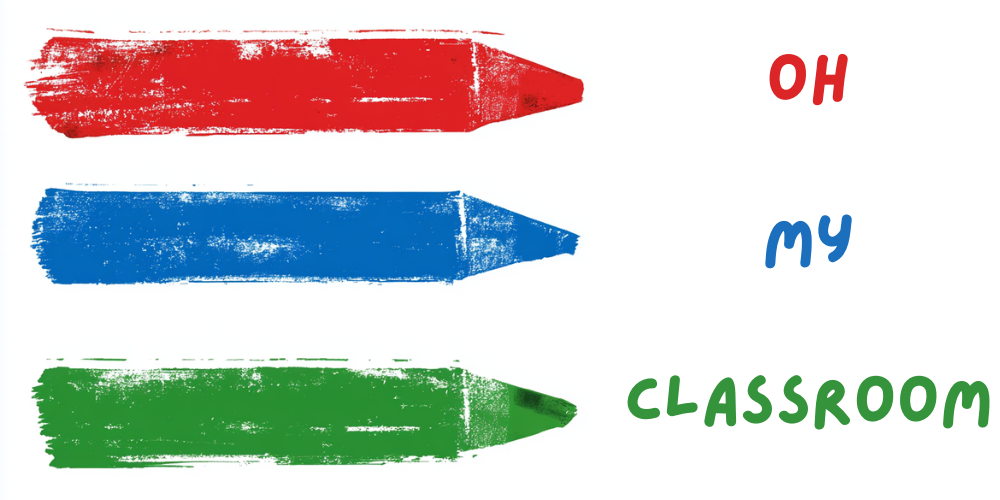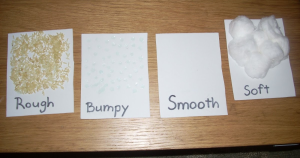Introducing preschoolers to the five senses is an engaging and interactive way to help them explore and understand the world around them.
By providing them with hands-on activities, you can stimulate their senses and encourage their curiosity.
We’ve compiled a list of exciting five senses activities for preschool in form of printable PDFs.
“Sensory Scavenger Hunt”:

Print out a colorful sensory scavenger hunt sheet that prompts preschoolers to use their five senses to find various objects or elements in their environment. For example, the sheet could ask them to find something red (sight), something that makes a sound when shaken (hearing), something sweet to taste (taste), something soft to touch (touch), and something that smells like flowers (smell). This activity not only helps children practice their observation skills but also encourages them to explore their surroundings using all their senses.
“Taste Test Challenge”:

Print out a taste test challenge chart with different categories, such as sweet, sour, salty, and bitter. Provide small samples of various foods or flavors that represent each category, such as a piece of chocolate (sweet), a lemon slice (sour), a pretzel (salty), and a piece of dark chocolate (bitter). Let the preschoolers taste each sample and place a sticker or mark the corresponding category on their chart. This activity helps children develop their sense of taste and introduces them to different flavor profiles in a fun and interactive way.
Related: 20 Exciting Sensory Bottle Activities for Preschoolers
“Texture Matching Game”:
Print out a set of cards featuring different textures, such as smooth, rough, soft, bumpy, and fuzzy. Cut out the cards and laminate them for durability. Spread the cards out on a table or the floor and encourage preschoolers to touch and feel each texture. Then, ask them to match each card with a corresponding object from their environment or a sensory bin filled with items that possess the same texture. This activity helps children develop their tactile sense and enhances their ability to discriminate between different textures.
“Sound Guessing Game”:

Print out a collection of sound cards representing familiar noises, such as a doorbell, a bird chirping, raindrops, and a car engine. Play each sound one at a time and have preschoolers guess what is making the noise. You can make it more interactive by allowing them to act out or mimic the source of the sound. This activity hones children’s listening skills and helps them associate sounds with real-world objects and events.
Related: 20 Fun and Engaging Things to Do With Your 1 Year Old
“Scented Playdough Creations”:
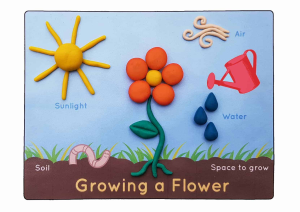
Print out a set of playdough mats featuring different objects or animals, such as a flower, a tree, a fish, and a cupcake. Alongside the mats, provide scented playdough in coordinating scents, such as floral-scented dough for the flower mat, mint-scented dough for the tree, etc. Encourage preschoolers to use their sense of touch and smell as they mold the playdough to create the corresponding objects. This activity stimulates multiple senses simultaneously and allows children to explore the relationship between scents and objects in a hands-on and imaginative way.
“Sensory Sorting”:

Print out a sorting chart with different categories, such as smooth, rough, loud, quiet, sweet, sour, etc. Provide a collection of objects or pictures representing each category. Encourage preschoolers to explore the objects using their senses and sort them into the appropriate categories on the chart. This activity promotes critical thinking and helps children categorize objects based on their sensory attributes.
“Blindfolded Taste Testing”:

Print out a blindfold template and cut it out. Choose a variety of foods with different tastes, such as fruits, crackers, or cheese. Blindfold each child and let them taste each food item one at a time, guessing what it is based on taste alone. Afterward, remove the blindfolds and discuss their guesses. This activity enhances children’s sense of taste and challenges their ability to identify foods without relying on sight.
“Sensory Bin Exploration”:
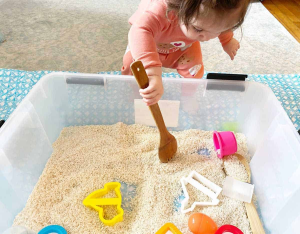
Print out labels for different sensory bins, such as a rice bin, a sand bin, a water bin, etc. Set up various sensory bins filled with materials that stimulate different senses, such as colored rice, kinetic sand, or water beads. Invite preschoolers to explore each bin, feeling the textures and describing the sensations they experience. The printable labels add an element of organization and help children associate specific sensory experiences with each bin.
“Sight Word Sensory Hunt”:

Print out sight word cards and hide them around the classroom or outdoor area. Each sight word card can be associated with a different sensory activity. For example, when a child finds the word “jump,” they can engage in a jumping activity. When they find the word “squish,” they can play with squishy materials. This activity combines sight word recognition with sensory experiences, making learning more interactive and memorable.
“Scented Memory Game”:
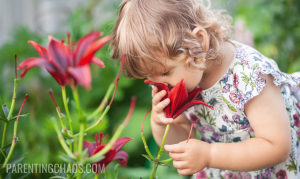
Print out pairs of cards with different scents represented on them, such as lemon, lavender, vanilla, etc. Place the cards face down and encourage preschoolers to take turns flipping them over to find matching pairs by scent. As they turn over the cards, they can also describe or guess the scents before making a match. This game sharpens children’s memory skills and challenges their ability to identify and remember scents.
“Sensory Storytelling”:

Print out a story template with designated spaces for each of the five senses: sight, hearing, taste, touch, and smell. Choose a simple story or create one yourself. As you read the story aloud, pause at different points and ask the preschoolers to fill in the corresponding sense in the template. For example, if the story describes a colorful flower, the children can fill in the “sight” section with words or drawings that represent the flower’s appearance. This activity encourages imagination, active listening, and sensory language development.
“Texture Collage”:
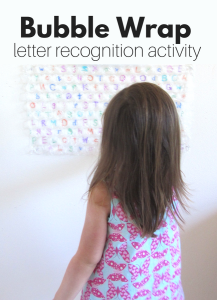
Print out a collage template with different sections for various textures, such as smooth, rough, bumpy, and soft. Provide a variety of textured materials like fabric swatches, sandpaper, cotton balls, and bubble wrap. Encourage preschoolers to cut or tear the materials and glue them into the appropriate sections of the collage. This activity promotes fine motor skills, texture recognition, and tactile exploration.
“Sensory Matching Puzzles”:

Print out sets of puzzle pieces, each representing a different sense. For example, a puzzle piece could have a picture of an eye for sight, an ear for hearing, a tongue for taste, a hand for touch, and a nose for smell. Cut out the pieces and mix them up. Invite preschoolers to match each sense puzzle piece to the corresponding sense. This activity reinforces sensory associations and strengthens cognitive skills like visual discrimination and problem-solving.
“Sensory Walk”:

Print out a sensory walk checklist with items or sensations to find and experience outdoors, such as a chirping bird, a soft breeze, a sweet floral scent, or a rough tree bark. Take the checklist with you on a nature walk or exploration trip. As children encounter each item, they can mark it off the list or discuss their observations. This activity combines sensory awareness with outdoor exploration and fosters a deeper connection to the natural world.
“Sensory Art Collage”:
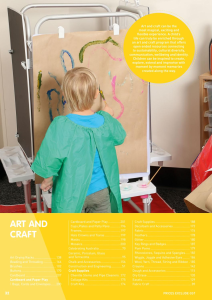
Print out a blank canvas template. Provide a variety of art materials, such as colored paper, feathers, fabric scraps, cotton balls, pom-poms, and scented markers or crayons. Encourage preschoolers to create a sensory art collage by using different materials to represent each sense. For example, they can glue on a soft piece of fabric to represent touch or draw a bright sun to represent sight. This activity allows children to express their creativity while engaging with multiple senses simultaneously.
“Sensory Guessing Bottles”:
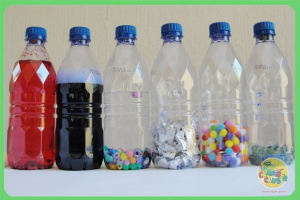
Print out labels for different sensory bottles, such as a rice bottle, a water bottle with small objects inside, a scented bottle, etc. Fill each bottle accordingly, ensuring they provide distinct sensory experiences. Seal the bottles tightly and attach the corresponding labels. Invite preschoolers to shake, smell, and observe each bottle, trying to guess the contents based on the provided labels. This activity hones their sensory perception and encourages critical thinking and deductive reasoning.
“Sensory Obstacle Course”:

Print out cards with different sensory activities written on them, such as hopping on a cushion, touching a textured wall, listening to music, tasting a piece of fruit, and smelling a scented flower. Set up an obstacle course with stations corresponding to each activity. Preschoolers can draw a card at each station and engage in the specified sensory activity before moving on to the next. This activity combines physical movement with sensory exploration, providing a dynamic and stimulating experience.
“Sensory Bingo”:
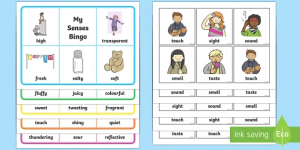
Print out a sensory bingo card with different sensory experiences listed in each square, such as seeing a rainbow, hearing a bell, tasting a lemon, touching sand, and smelling a flower. Provide markers or small objects to cover the squares. As preschoolers encounter or experience each sensory item, they can mark it off on their bingo cards. The goal is to complete a row or the entire card. This game promotes active engagement with the senses and encourages observation and vocabulary development.
“Sensory I Spy”:
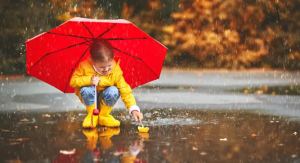
Print out an “I Spy” sheet with different sensory items or characteristics to find, such as something yellow, something that makes a loud noise, something rough, something sweet-smelling, etc. Give each child a copy of the sheet and encourage them to explore their environment to find items that match the descriptions. They can circle or check off each item as they find them. This activity sharpens observational skills and strengthens the connection between language and sensory experiences.
“Sensory Memory Tray”:
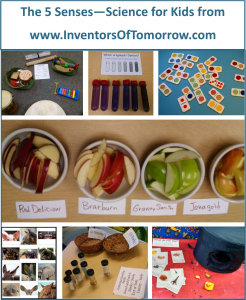
Print out a tray template with sections for each sense: sight, hearing, taste, touch, and smell. Provide a variety of small objects or materials that represent each sense, such as a small toy for sight, a bell for hearing, a piece of fruit for taste, a soft fabric for touch, and a scented flower for the smell. Place the objects on the tray and let preschoolers observe, touch, listen, taste (if appropriate), and smell each item. Then, remove the tray and ask them to recall and write or draw what they remember for each sense. This activity challenges memory recall and strengthens the association between objects and sensory experiences.
